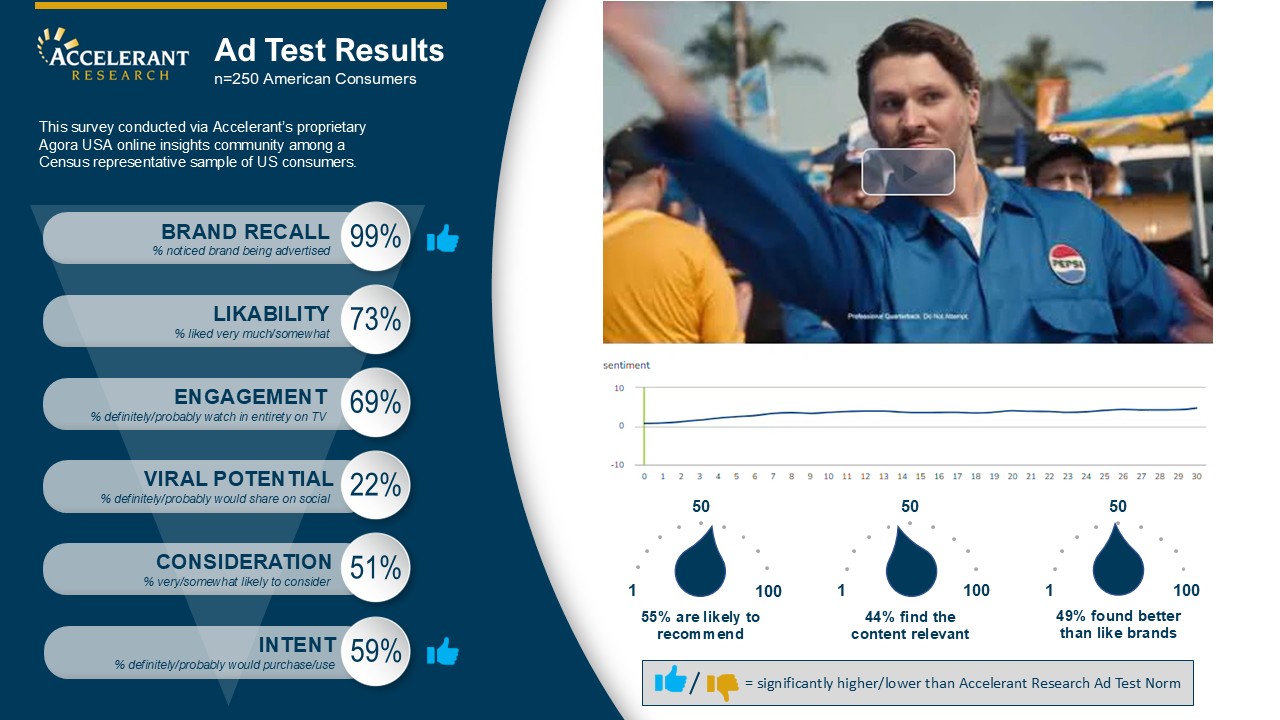Understanding Discrete Choice Analysis
At the core of Discrete Choice Analysis is a simple yet powerful concept: presenting respondents with pairs of hypothetical product options and asking them to choose their preference. This approach goes a step further than the usual way of rating each feature individually. Instead, it immerses respondents in a more realistic decision-making process, where they weigh entire bundles of features as they would in real-life purchasing scenarios.
The Mechanics of Trade-Off Analysis
This approach is rooted in choice-based conjoint or ‘trade-off’ analysis. By asking respondents to choose between various product combinations, we get a clearer picture of which features they truly value when they consider the product as a whole.
Deciphering Utility Scores
We use advanced statistical methods to calculate utility scores for each feature, based on the responses we receive. These scores are more than just figures; they mirror how appealing each feature is. This helps us grasp not only what consumers desire, but also the intensity of their preference for each aspect.
Recombining Features for Optimal Combinations
The true magic unfolds when we mix these utility scores together. This blending allows us to delve into how different feature combinations appeal to consumers, considering how these features might interact with each other. It's almost like having a crystal ball that shows us which combinations are likely to hit the mark with our audience.
Analyzing Different Options for Strategic Insights
When we compare various combinations, we can discover the best mix of product features. This kind of analysis is incredibly useful for businesses aiming to improve their existing products or create new ones that truly resonate with their desired customer base.
Case Study: Thanksgiving Conjoint
To bring this methodology to life, let's look at our recent "Thanksgiving Conjoint" survey conducted with our panel. The survey focused on a range of dishes and combos related to Thanksgiving food. Using Discrete Choice Analysis, results lead us to the "perfect" Thanksgiving plate!
Conclusion
Discrete Choice Analysis is more than just a research technique; it’s a window into the consumer’s mind. By understanding how consumers make choices between complete product offerings, businesses can tailor their products to meet and exceed customer expectations. In a world where consumer preferences are constantly shifting, this method provides the clarity and direction needed to stay ahead of the curve.







.png)



